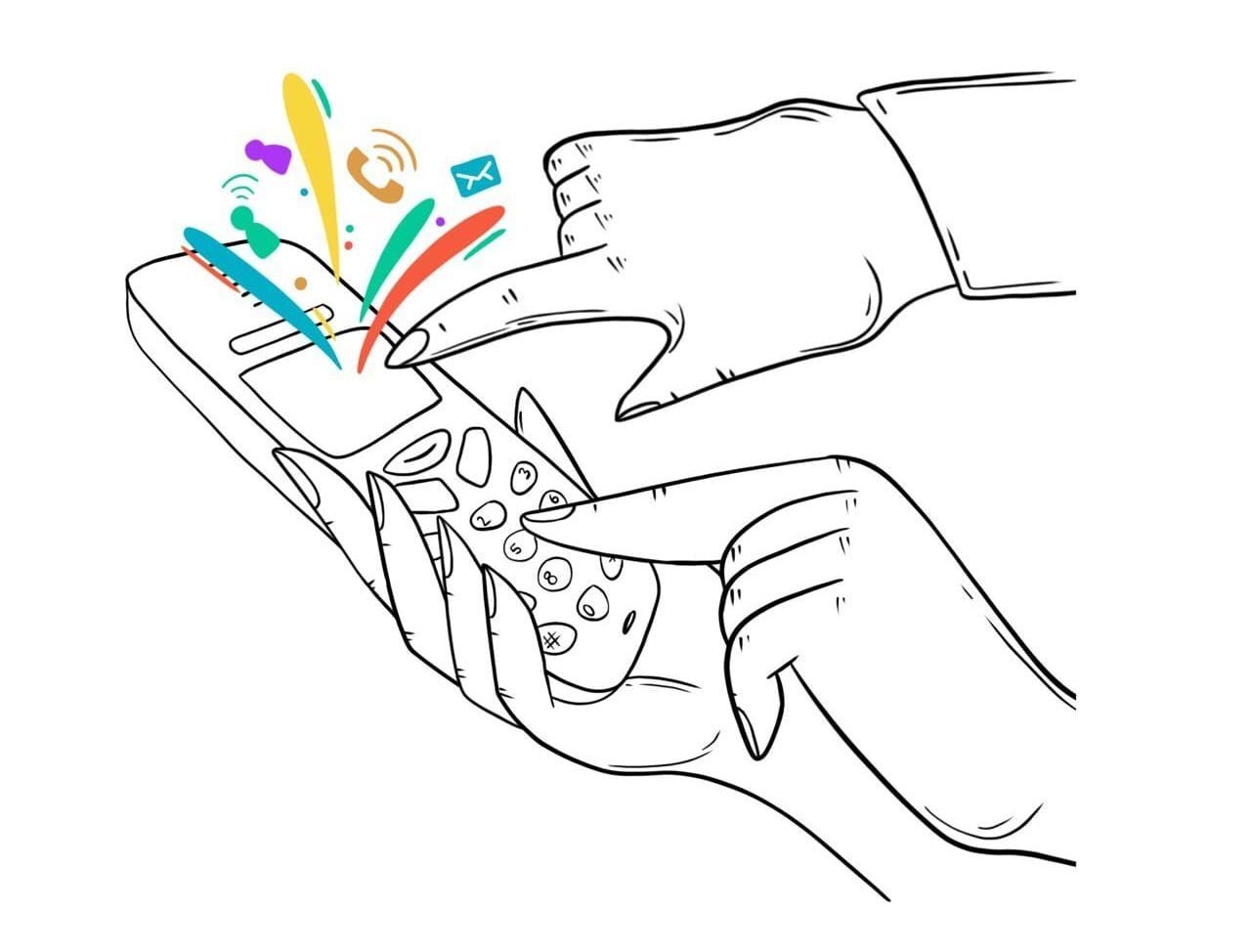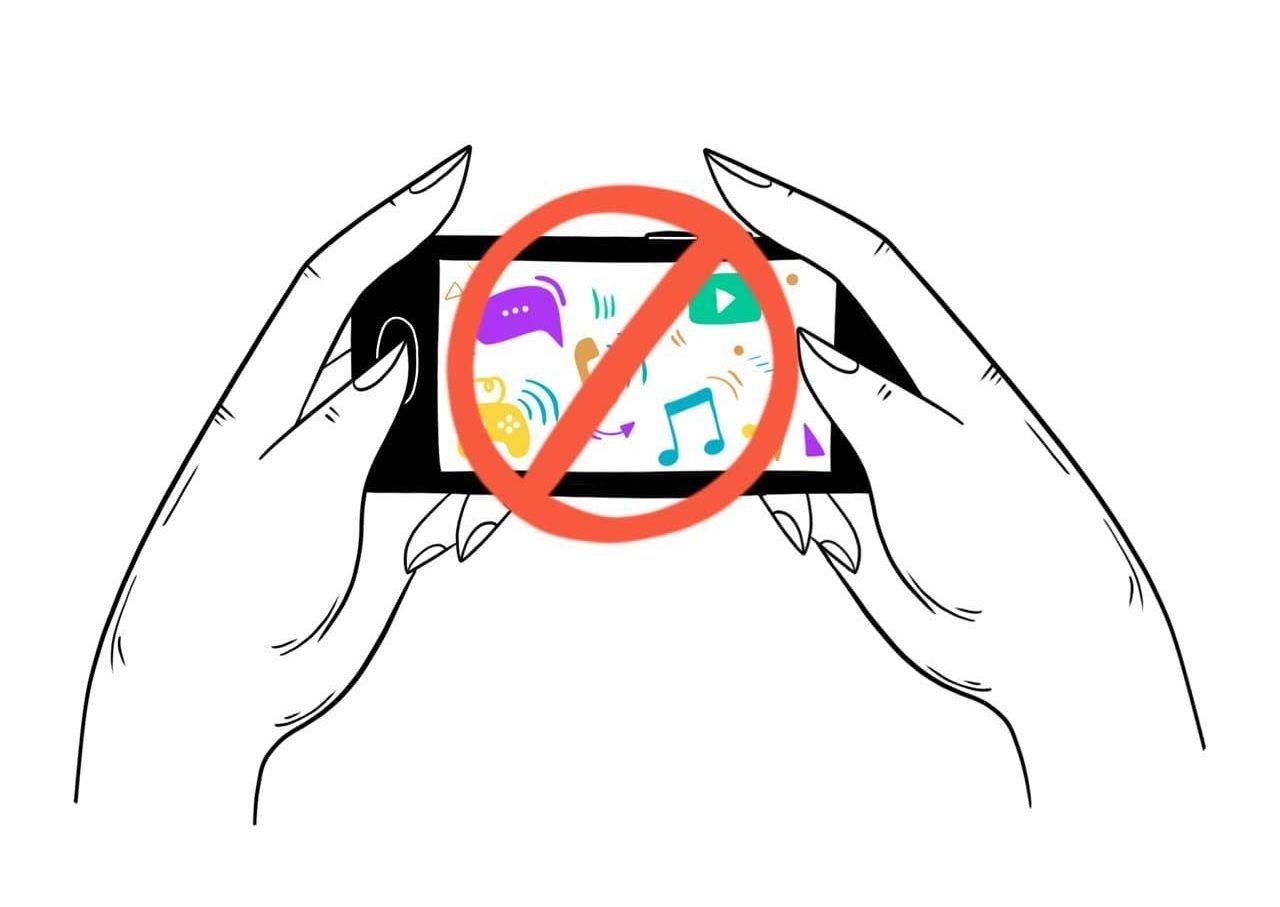
Characterising mobile phone use among AT users in Indonesia and Sierra Leone
This report shares research conducted as part of the international AT2030 progamme, exploring phone use among people with disabilities, carers and potential assistive technology users in informal settlements
Published on Mar 22, 2022
Characterising mobile phone use among AT users in Indonesia and Sierra Leone
This report shares research conducted as part of the international AT2030 progamme, exploring phone use among people with disabilities, carers and potential assistive technology users in informal settlements
Published on Mar 22, 2022

We are thrilled to publish the final report sharing findings from a research project conducted in five informal settlements across the cities of Banjarmasin, Indonesia and Freetown, Sierra Leone, in 2020- 2021. This research explored the attitudes towards, access to and use of mobile phones and other information and communication technologies amongst people with disabilities, carers, older people, and potential assistive technology users in these communities. This research was conducted as one strand of a sub-programme of the AT2030 Research Programme.

AT2030
AT2030, led by the Global Disability
Hub, is an international programme focused on “Life Changing
Assistive Technology for All”, that aims to reach over 3 million people, in
particular people with disabilities.
The objective is to develop new
approaches that can transform
access to assistive technology (AT)
such as wheelchairs, prosthetics,
hearing aids, glasses and digital
assistance (including smart
phones and accessible software)
by creating partnerships to build
and shape markets, strengthen
public infrastructure and support
community participation.
The research shared in this report was conducted as part of an AT2030 sub-programme focused on community-led AT solutions, led by The Bartlett Development Planning Unit at UCL in partnership with Leonard Cheshire (UK), Sierra Leone Urban Research Centre (Sierra Leone), and Yayasan Kota Kita Surakarta (Indonesia).
Background
The use and ownership of mobile information and communication technologies (ICTs) such as mobile phones and smartphones has grown rapidly around the world over the last two decades. ICTs have penetrated across high- and low-resource contexts, particularly as a result of the unprecedented spread of mobile phones. This has changed the ways that we navigate almost all dimensions of our lives, from managing interpersonal relationships to conducting livelihood activities, accessing services to handling finances. Advances in the functionality, speed and availability of mobile devices and infrastructure, have generated significant interest in the use of mobile phones within both health and development.
When it comes to people with disabilities (PWD), inequalities in access to services and resources are well documented. Income inequalities faced by PWD are compounded by the ‘accessibility gap’ created by exclusionary institutions and spatial planning practices, which exclude PWD from using and experiencing spaces and services on an equal basis with non-disabled people.
Appropriate assistive technologies (ATs) can play a crucial role in bridging this accessibility gap. Mobile phones and other ICTs have the potential - and indeed, have been used - to act as enablers in supporting people with disabilities to overcome some of these barriers to social, civic and economic participation. Mobile phones can provide access to and information about ATs, or act as ATs themselves.
However, there are faulty assumptions commonly made when it comes to how mobile phones and other ICTs can be used in this way. These assumptions can result from a failure to situate mobile phones and other ICTs in particular contexts, and to take account of the nuances that surround their use in those contexts. Different people access, use and value the mobile phone in vastly different ways, shaped by geography, gender, age, class and ability. If we don’t contextualise mobile phone use, we end up making assumptions that essentialise or universalise digital experiences. This leads to poor design and implementation of both interventions and products, which can end up amplifying inequalities rather than undoing them, or even further exclude some groups.
Leveraging the mobile phone to support positive outcomes for health and development therefore requires a deep understanding of the behaviours and motivations surrounding mobile phone use in particular contexts, in order to identify barriers, motivations, needs and solutions. This research is an attempt to generate this intersectional understanding.
Focused on five case study
communities in Banjarmasin,
Indonesia and Freetown, Sierra
Leone, this research explores the attitudes, access to and use
of ICTs, chiefly mobile phones,
amongst disabled people, carers,
older people and potential AT
users, and seeks to situate these
behaviours and perceptions
within their day-to-day realities.

Key findings
- Regular mobile phone use is
widespread in both settings,
and mobile phones play an
important role in people’s lives, though use of other ICT
hardware is rare. There is a
huge variety in the ways and purposes for which phones are used, and the meanings they hold for different people. For some participants, phones are seen as objects of sociality and interaction; for others, they are objects of solitude, enabling entertainment and learning when they are alone. For some, their use is predominantly related to income-generating activities; for others, they’re associated much more with care-giving and domestic labour. For some people they’re seen as a vital part of their day-to-day life, whereas for others they are only used in emergencies, such as family health crises. For some, phones are associated with excitement, personal growth, connection and opportunity; for others they are associated with anxiety, frustration; a few are simply apathetic towards them. - For many participants, mobile phones are owned and used collectively rather
than individually. Though the majority reported owning a phone, many borrow from or share with family members or neighbours. For those who own their own mobile phone, lending it regularly to others is commonplace, particularly in the Freetown settlements. This can sometimes put an economic strain on the mobile phone owner and a social strain of shame or guilt on the borrower, with both concerned about the cost of the data that gets used. Many participants, particularly those who are middle-aged or elderly, visually impaired or have a physical disability, get family members to help them navigate a mobile phone, teach them about different functions and remind them how to use them. - The cost of owning and using a phone is the biggest challenge for people in both settings, though it is more pressing for residents in the Freetown settlements than in Banjarmasin. Overall, the residents of the Banjarmasin settlements reported far fewer challenges associated with mobile phone use than those in Freetown, and also had access to more advanced hardware with a wider range of phone functions. The residents of the Freetown settlements on the other hand reported significant infrastructural challenges around connectivity, signal coverage and charging, as well as challenges such as the risk of theft, and low levels of literacy.
- People with disabilities have
lower access to mobile phones
than non-disabled people
and face more challenges, but disability is not the most significant determining factor. Infrastructural factors such as cost, network coverage, access etc. are compounded by intersecting demographic factors such as age, gender, socio- economic backgrounds, disability and technological literacy. - There are inequalities of access
and capacity to use mobile
phones between women and
men, people with and without
disabilities, and between elderly
and working age residents are
more stark in Banjarmasin than
in Freetown
Through analysis of the quantitative and qualitative data, we have identified six archetypal “characters” that recur across both settings, and have mapped out their archetypal characteristics of access, use, attitude and aspiration regarding mobile phones. In this way, we hope to embed their relationships with ICT within their day-to-day realities.
These character profiles will serve as a useful framework for design, analysis, M&E to inform further thinking for all important stakeholders in the domain including researchers, implementers and mobile phone- based companies.

Contact Us

Have a challenge you think we could help with? A project you'd like us to collaborate on?
Just want to say hi? Reach out - we love meeting new people